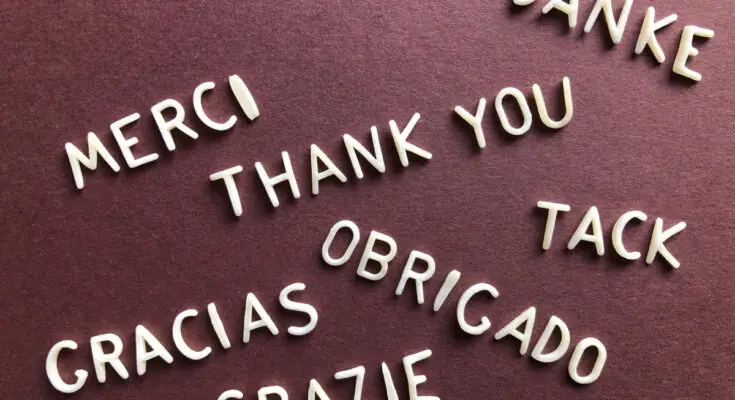Estimated reading time: 3 minutes
Languages represent the connecting tissue that unites people in a society, making their communication possible. In this post we bring you information about what languages are, their types, and more.
What are languages?
When we talk about language, we refer to a verbal system that allows communication between the human species. It is formed by a spoken chain of phonetic signs that allow structuring a message. Besides, language can be represented through writing, which by the way you can have the opportunity to convert into different languages without much effort through translation tools like Systran. Every organized human community has its own characteristic languages that have arisen as a result of its social, and cultural history. Add to this their idiosyncrasies and traditions. Having been a phenomenon that spread over large geographical latitudes, languages acquired a different enunciation, thus giving birth to dialects. There are several factors in a community that influence the formation of a language: politics, ancestral heritage, its way of perceiving and interpreting the environment, social and even economic trends. All of these factors ultimately make the language a reflection of the society in which it originates.
What are the types of languages?
Depending on their social function, there are different types of languages:
- Mother languages: these refer to the language that an individual acquires as soon as it learns to communicate.
- Living languages: they refer to all those languages that are currently spoken and that are updated over time.
- Dead languages: unlike living languages, the languages that fall into this category lack speakers and updating; they only remain as a historical fact, becoming nothing more than a relic in the antique store of linguistics.
- Official languages: all those chosen by a country or society to be used at the official and bureaucratic level, thus becoming its dominant and representative language.
- Liturgical languages: those that are used only in specific events, acts, or ceremonies. Here stands out the use of Latin in some Catholic religious celebrations.
- Autochthonous languages: those that originate in a specific geographic region and remain pure, i.e. they have not undergone processes of fusion, transculturation, or syncretism.
How many languages are spoken in the world?
It is said that there are currently between 3,000 and 7,000 established languages in the world. However, many languages are difficult to distinguish from each other, making the task of determining the exact number of languages spoken a complex one. It is estimated that by the year 2100, half of the spoken languages could disappear and be replaced by one of the dominant languages.
What language families exist?
Indo-European languages
Composed of more than 150 language families, the Indo-European languages are spoken by 3200 million people in the world, equivalent to 45% of the population.
Dravidian languages
Represent a set of 26 languages originating in central and southern India and Sri Lanka. None of them are thought to be associated with the rest of the languages that exist in the world.
Japonic languages
Their origin is associated with a proto-Japanese language (Eastern and Western Japanese) or a Ryukyuense language (from the Ryukyu Islands located in the south of the country).
Sino-Tibetan languages
Comprising more than 250 languages, which are spoken from northern India to the Malay Peninsula.
Niger-Congo languages
These groups a set of 1400 different languages spoken by almost 400 million people and are divided into Niger-Congo A and Niger-Congo B.
Mayan languages
They are also known as Mayan languages from ancient Mesoamerica spoken by almost 5 million people and distributed in the regions of Guatemala, Honduras, Belize, and Mexico.
Share this content:



